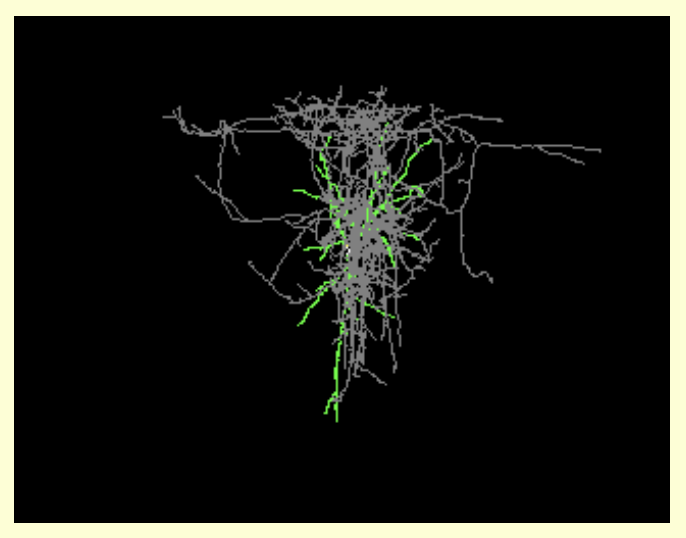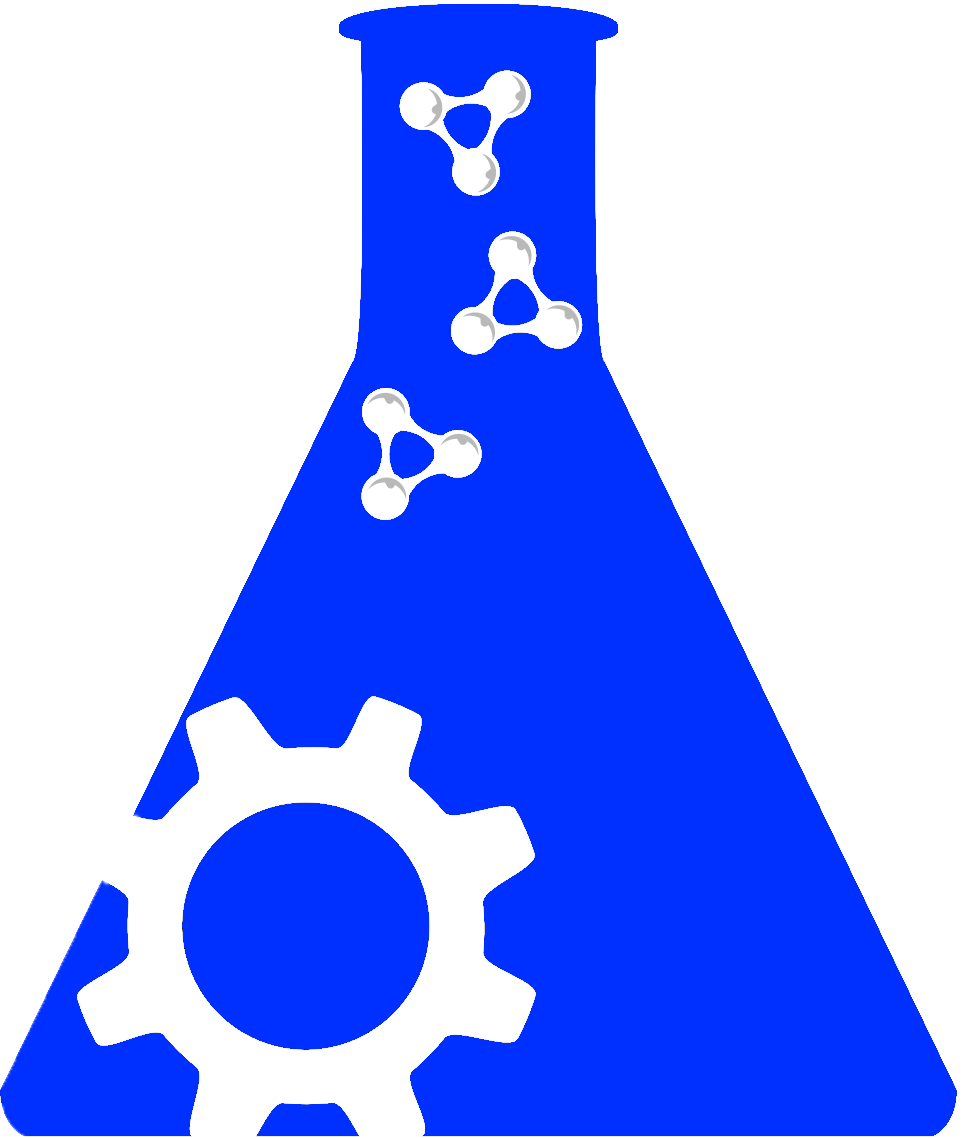URL: http://ki.se/en/meb/satsa-the-swedish-adoptiontwin-study-of-aging
Proper Citation: KI Biobank - SATSA (RRID:SCR_005966)
Description: Longitudinal twin study to understand individual differences in aging with corresponding data and biological samples. The twin design and the inclusion of twins reared apart makes it possible to study the importance of genetic and environmental factors that may underlie differing aging outcomes. Further, the broad spectrum of biological, psychological, and social domains assessed across the life span makes it possible to study patterns of change within and across domains and how these predict health and diseases of aging. The study is comprised of several longitudinal components including, a comprehensive questionnaire that was sent to all twins in the Swedish Twin Registry who were separated at an early age and reared apart and a control sample of twins reared together. The questionnaires include items concerning rearing, family, adult, and working environment, health status, health related behaviors (e.g. alcohol, tobacco, and dietary habits) as well as relationships, and personality measures. The questionnaires were sent again at 3 year intervals in 1987, 1990, 1993 and after a break again in 2004, 2007, and 2010. Thus far more than 2,000 twins have responded to at least one of the seven questionnaire assessments conducted between 1984 and 2010. Additionally there is information about midlife life style factors from the Swedish Twin Registry that were collected about twenty years before SATSA started. In the second component a subsample of 861 individuals have participated in at least one wave of in-person testing (IPT). The first IPT started in 1986 and since then eight IPTs have been collected and the last wave will be collected during 2012-2013. The IPT includes a health examination, structured interviews, tests of functional capacity, and memory and thinking abilities. To date, over 76% of the sample has participated in 3 or more measurement waves. At IPT9 a third component was added to SATSA, a measure of day-to-day fluctuations in memory and thinking abilities, and emotions. Information about social interactions is also collected. After the visit by the research nurses the twins fill out the day-to-day booklet during the next five days. This procedure will be repeated in IPT10. This will add information about small and short-term changes and more changes are supposed to indicate the beginning of poor health. Data from SATSA can be used to study various aspects of aging. For example, the relative importance of genetic and environmental factors for individual differences in aging especially in cognitive and physical domains has been studied. A further main focus is to study changes within and across domains and which genetic and life style factors predict these changes. Given the wide spectrum of data from measured genes to social relationships collected over more than two decades they dare to say that SATSA is a unique study, with the possibility to answer many questions within gerontology and geriatrics. Types of samples * Serum * DNA Number of sample donors: 674 (June 2010)
Abbreviations: KI Biobank - SATSA
Synonyms: Swedish Adoption / Twin Study of Aging, KI Biobank - Swedish Adoption/Twin Study of Aging, SATSA - The Swedish Adoption/Twin Study of Aging, Swedish Adoption/Twin Study of Aging
Resource Type: material resource, biomaterial supply resource
Keywords: gene, environment, health, disease, longitudinal, questionnaire, life style, interview, functional capacity, memory, thinking, emotion, social interaction, cognitive, physical, behavior, relationship, personality, health
Expand Alluses |
|
is listed by |
|
is related to |
|
has parent organization |
We found {{ ctrl2.mentions.total_count }} mentions in open access literature.
We have not found any literature mentions for this resource.
We are searching literature mentions for this resource.
Most recent articles:
{{ mention._source.dc.creators[0].familyName }} {{ mention._source.dc.creators[0].initials }}, et al. ({{ mention._source.dc.publicationYear }}) {{ mention._source.dc.title }} {{ mention._source.dc.publishers[0].name }}, {{ mention._source.dc.publishers[0].volume }}({{ mention._source.dc.publishers[0].issue }}), {{ mention._source.dc.publishers[0].pagination }}. (PMID:{{ mention._id.replace('PMID:', '') }})
A list of researchers who have used the resource and an author search tool
Find mentions based on location

{{ ctrl2.mentions.errors.location }}
A list of researchers who have used the resource and an author search tool. This is available for resources that have literature mentions.
No rating or validation information has been found for KI Biobank - SATSA.
No alerts have been found for KI Biobank - SATSA.
Source: SciCrunch Registry





